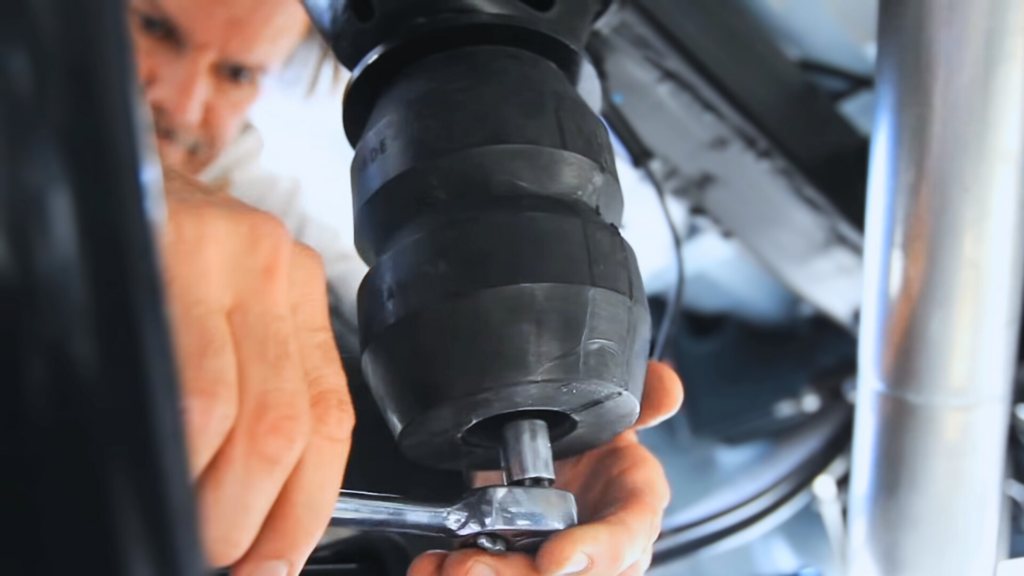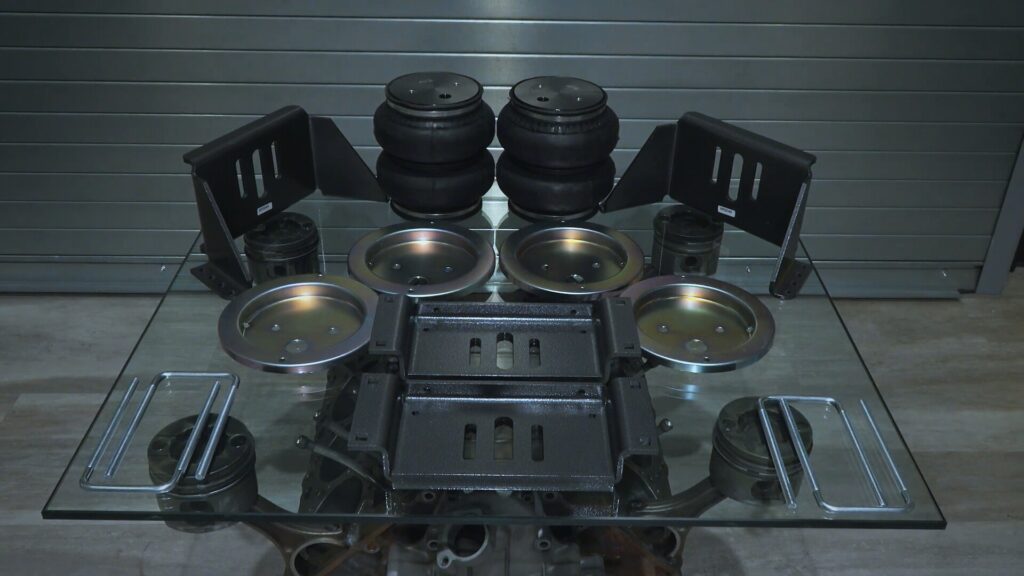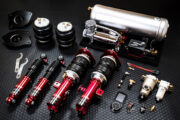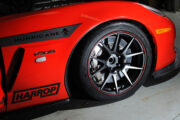The suspension in any car has several important roles. It makes simple tasks like accelerating and braking possible, allows for tolerable comfort levels in the cabin, and prevents wear in other components, especially the tires. There’s also safety to think about, with the parts adding to stability and road holding, particularly in bends. Different vehicles have varying setups, each in tune with their purpose. For anyone looking for a performance upgrade, quite a few upgrades and configurations come in the form of traditional monotube coilovers or bespoke aftermarket air suspension kits. The latter has gained more popularity as of late, largely due to all the possibilities it offers.
What Is Air Suspension and Why Do You Want It?

There are dozens of high-end sedans and beefed-up SUVs riding on air suspension. The reason is that the ride can be tailored to any road conditions, or when you want to have a bit of fun. Air suspension kits consist of air bellows that replace traditional springs in a spring and shock combo. The bellows can be inflated or deflated in a matter of seconds, to raise or lower the car as needed. This also tightens up the car when you’re after a more rigid chassis able to handle higher speeds with poise, or loosens up things when gliding over less-than-perfect roads. Some cars also handle both driving scenarios equally well with heightened comfort and exemplary handling – a rare combination impossible in other suspension types, specifically coilovers.
The pros of a car air suspension setup can be summed up with a smooth and comfortable ride. Bellows do a much better job at absorbing road imperfections, keeping the vehicle level at all times, and nulling vibrations and noise seeping into the cabin. They also are impeccable in distributing weight, so the tires get all the traction they need. There’s more grip, better road holding, and more feedback through the steering wheel. These are prerequisites for a safe ride, but also the basis for keeping the car planted when you’re harder on the gas.
Accompanying benefits are the reduction of front dive or rear squat when braking, adjusting ground clearance (either automatically or with a flick of a switch) and the ability to change the air pressure at any wheel, for instance when driving off-road. With less stressed parts and lower harshness and vibrations, an air suspension also reduces wear in tires and damage to linkages and steering parts.
What Goes in an Air Suspension Kit?

Kits riding on air aren’t exactly new or anything complicated. They’ve been around for quite some time, first in military vehicles, then adapted for road use. Besides bellows, the reinforced rubber springs that do most of the work, full kits also consist of calibrated shocks handling the dampening tasks, compressors and tanks that get pressurized air to the bellows, and plumbing to keep that air on its path. This is the setup seen in basic kits.
To control the volume and pressure of air and change the ride height, there additionally needs to be some form of management system. Let’s take a closer look, so you can determine what’s right for your car and your needs.
Air Bellows
Air bellows or airbags are reinforced rubberised springs that handle the weight of the car when inflated to the correct pressure. They take the place of traditional metal springs, and can be used with the factory shocks, or if outright performance is your goal. aftermarket shocks to smooth put more of the vibrations hitting the chassis. Bellows come in two basic types – convoluted, with two or three bags stacked one atop the other, and tapered or rolling bags, often used on trucks and the rear axle.
The first offers very high-pressure ratings, generally over 100 psi, a more progressive spring rate to adjust for changes in speed and weight loadings, and a shorter stroke for lower vibrations. The second is geared for handling extra weight, so is more aligned with work purposes, and getting traction to the front wheels in a fully loaded truck.
Compressors and Air Tanks
Compressors are of the 12-V variety and are tasked to push high-pressure air into the bellows. This is stored in tanks. The air gets from tank to compressor either by a solenoid-activated switch in the dash in manual systems or automatically with the info fed from a range of pressure and height sensors dotting the four axles and a controller that oversees all the work.
Management Systems
Much of the popularity of car air suspension kits, and the fact that more carmakers are embracing it as standard equipment, is down to the advanced tech that controls vehicle height and the pressure in the bellows. Management systems in luxury cars are so advanced that they combine with cameras scanning the road ahead to adjust the suspension and ride height at each wheel in milliseconds. The result is a car that basically glides over potholes, bumps and other road imperfections.
There are two types and with different prices. Basic and cheaper pressure-based systems monitor the pressure in each of the bellows. This helps to level out the car, for instance when air is lost or there’s a difference in weight across the wheels. More complex systems add ride-height sensors to the mix and automatically adjust the car in accordance with the road. This can also be set to predefined heights from the dash, and the electronics do the rest.
Fittings, Lines and Gauges
These are the accessories without which air suspension won’t work. Air lines transferring air are either reinforced plastic or braided steel and can be optioned in varying diameters depending on the air volume. Lines terminate with the proper fittings when connecting the different parts. To measure pressure throughout the system, air kits also have a digital or mechanical pressure gauge as part of the management system displaying the pressure on-screen in the dash.


